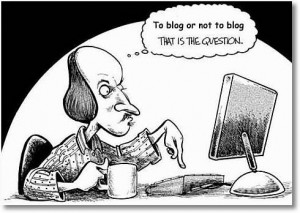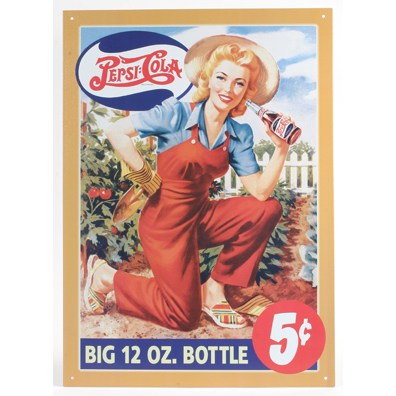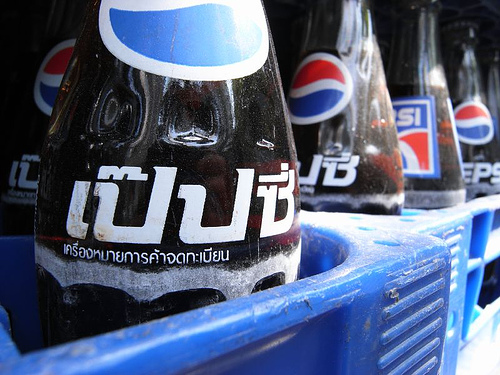 There are all sorts of reasons to start a company blog. A company blog can help build your brand, establish corporate personality, provide a path for direct dialog with customers, help with search engine optimization (SEO) and a host of other cool things. Great content is, arguably, the most important component of a corporate blog — or any blog for that matter — but there’s a lot more to it than just content. Ensuring the blog has a professional look and feel is also key. If it is more inviting and easy to read, people are more likely to linger. And if the blog looks slick and professional, that says a lot about the company (even if readers only notice subconsciously). If it is messy, that says something too. Beyond that, there are a lot of other things that make a good blog great. These include:
There are all sorts of reasons to start a company blog. A company blog can help build your brand, establish corporate personality, provide a path for direct dialog with customers, help with search engine optimization (SEO) and a host of other cool things. Great content is, arguably, the most important component of a corporate blog — or any blog for that matter — but there’s a lot more to it than just content. Ensuring the blog has a professional look and feel is also key. If it is more inviting and easy to read, people are more likely to linger. And if the blog looks slick and professional, that says a lot about the company (even if readers only notice subconsciously). If it is messy, that says something too. Beyond that, there are a lot of other things that make a good blog great. These include:
 But a surprising number of reader comments defended the campaign. Their comments discuss the importance of being edgy, how political correctness has ruined the advertising business (along with everything else) and how those who are offended should simply “get over it.” The overwhelming majority of these comments came from the folks in the creative or graphics segments of the ad biz. Perhaps the apparent lack of judgment and filters is why ad agencies rarely take these guys to client meetings (a shame, really, because those meetings would probably be a lot more fun if they did).
What I find most interesting is that the people who stick up for this particular campaign genuinely don’t appear to understand WHY it is such a colossal screw up. But the reason is simple; it strays way too far from the rather whitewashed and benign brand image that Pepsi has spent more than a century working to create.
But a surprising number of reader comments defended the campaign. Their comments discuss the importance of being edgy, how political correctness has ruined the advertising business (along with everything else) and how those who are offended should simply “get over it.” The overwhelming majority of these comments came from the folks in the creative or graphics segments of the ad biz. Perhaps the apparent lack of judgment and filters is why ad agencies rarely take these guys to client meetings (a shame, really, because those meetings would probably be a lot more fun if they did).
What I find most interesting is that the people who stick up for this particular campaign genuinely don’t appear to understand WHY it is such a colossal screw up. But the reason is simple; it strays way too far from the rather whitewashed and benign brand image that Pepsi has spent more than a century working to create.

Goes great with Thai

A functional work of art

One of the greatest bike shops in Portland